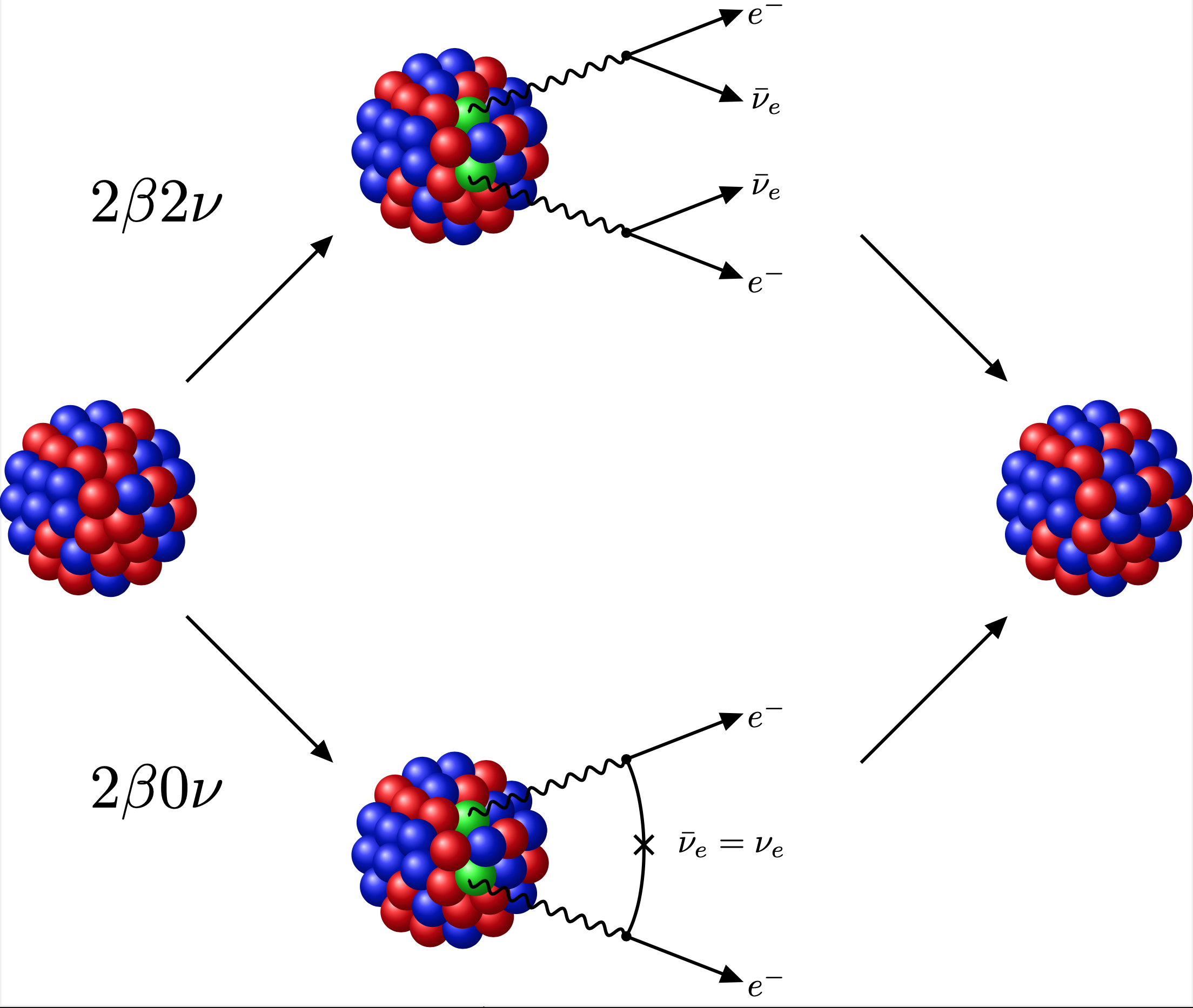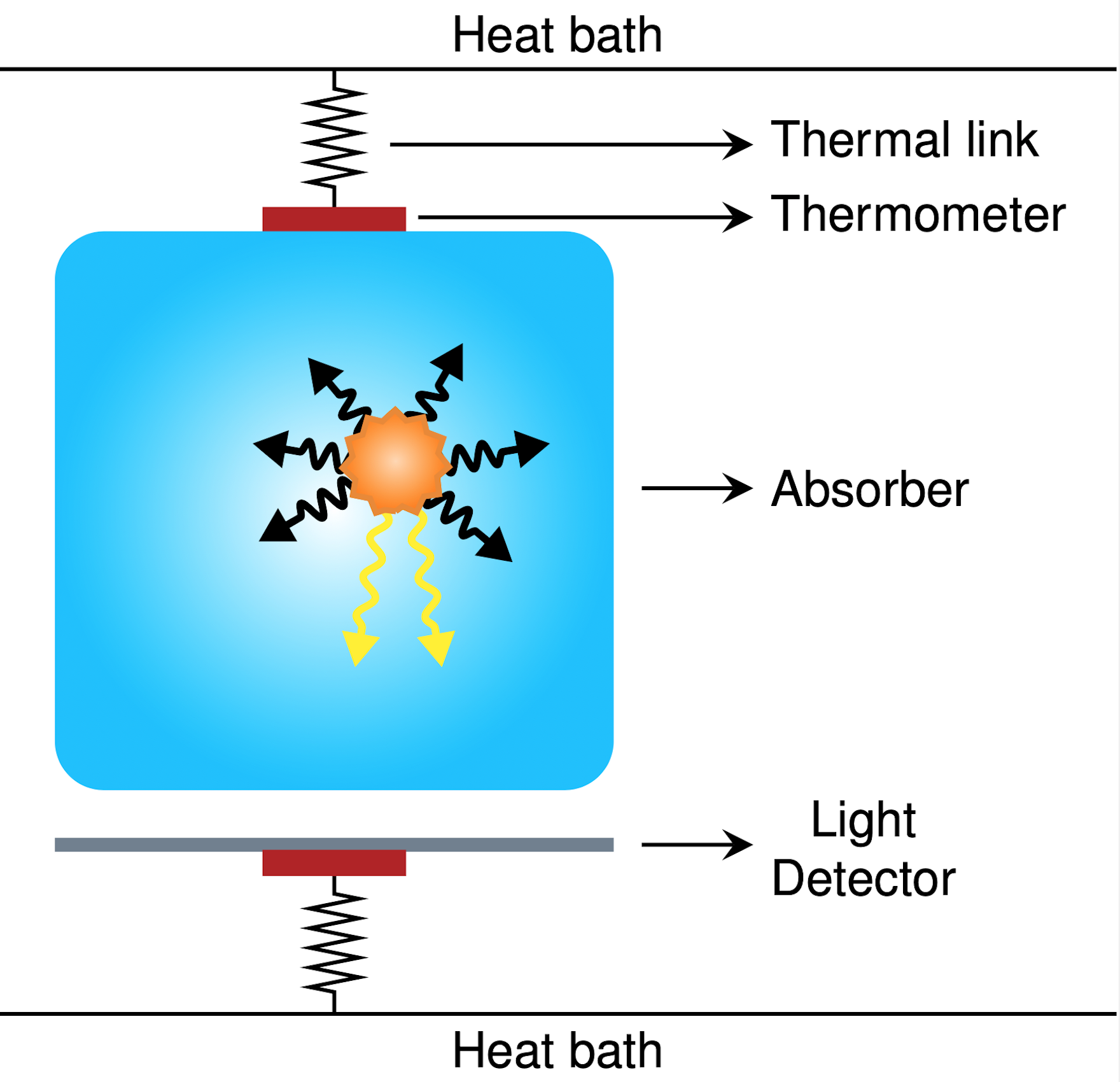This is an old revision of the document!
Table of Contents
CUPID: the CUORE Upgrade with Particle IDentification
The project CUPID is an upgrade of the CUORE experiment, aiming at searching for neutrinoless double beta (0νββ) decay with Li2MoO4 crystals enriched in 100Mo. The crystals are operated as cryogenic detectors in the zero-background condition for its entire life cycle, which provides the fastest increase of sensitivity over the data collection time.
Physics Goal
Neutrinos have been known for a century, and in nature are produced by several sources, like Sun, Supernovae or nuclear decay in the Earth mantel. Neutrino interactions with other elementary particles are well described by the Standard Model of particle physics, the best theory we have to date describing the electromagnetic, weak and strong interactions.
Despite neutrinos have been studied for more than a 60 years, some of their fundamental properties (e.g the mass) are still unknown and the intrinsic nature of neutrino itself is up to debate. Neutrino can be Dirac ( neutrinos are distinct by antineutrinos) or Majorana particles (neutrinos and antineutrinos are the same particles ).
If neutrinos are Majorana particles (or have a Majorana component) an extremely rare nuclear decay could be measured: the Neutrinoless Double Beta Decay (0υ2β).
The 0υ2β decay
The measurement of the neutrinoless double beta decay (see figure below, the bottom part of the figure shows the 0υ2β)
in addition to probe the Majorana nature of the neutrino, would give hints to explain the neutrino tiny mass with respect of the charged leptons mass and it would be the first evidence for lepton number violation.
The experimental signature of such decay is the presence of a mono-energetic peak at the Q-value of the reaction, at the end of the energy spectrum of the double decay with neutrino as shown in the following figure (the magnitude of the 0υ2β is magnified to make it visible).
The Experiment
The first experiments trying to measure 0υ2β are dated back to the end of the '40s. During the last decades many experiments have been proposed to measure the neutrinoless double beta decay.
Among the operating neutrinoless double beta experiment, CUORE is one of the most promising experiment able to measure the 0υ2β for the first time. CUORE is located at the Laboratori Nazionali del Gran Sasso (LNGS) in the Abruzzo region, beneath Monte Aquila, surrounded by at least 1400 meters (~3800 m.w.e.) of rock in all the direction.
The CUORE detector is composed by 988 crystals operated at cryogenic temperature and equipped with sensitive thermometers (bolometers) made by TeO2 searching for the 0υ2β in130Te.
The future of the CUORE experiment is the CUPID project, whose goal is to measure the 0υ2β decay in the 100Mo isotope instead of 130Te used in CUORE using 1500 Li2 MoO4 crystals . The main reason for the change in the target material is due to the scintillating properties of the Li2 MoO4 which are necessary for the particle identification.
The CUPID crystal will be placed inside the CUORE cryostat arranged as in the sketch shown below.






